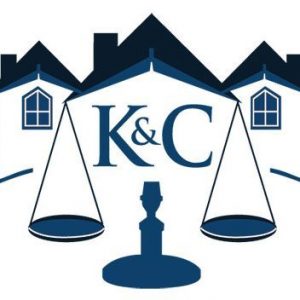Issue
Does a homebuilder need Association approval of its plans? NO, unless the condominium documents require it.
Facts
The plaintiff was the builder, Canyon Custom Home Builders (“Builder”). The defendant was Somerset Condominium Association, Inc. (“Association”). The Builder wanted to construct on eight vacant lots/units. The entire Association consisted of 37 units. Although some units could have single family homes on them, the Builder lots/units were designated for multi-family buildings. Under the condominium documents the Board was empowered to take various actions, including “to create certain rules for the ‘maintenance, conservation and beautification’ of the Condominium property and the health, comfort, safety, and general welfare’ of the Condominium property’s occupants.” In 1997 the Association approved an Architectural Control Committee (“ACC”), with the minutes of the meeting reflecting an intent to amend the declaration. The Board did not amend the declaration to reflect the ACC’s adoption. In 2012 the Association amended the ACC Guidelines. The Builder, because the declaration had not been amended, argued it could build whatever was not expressly prohibited by the declaration. The Association argued that the Builder was seeking to construct multi-family buildings and the 2012 Guidelines are entitled “Guidelines For Single Family Homes and Lake Front Condominium Remodeling and New Construction.” Builder was not looking to build either single family homes or lake front condominiums.
Eastern District of Wisconsin Decision
The Court specifically noted that under Wisconsin’s Condominium Ownership Act, “[t]he provisions of any condominium instruments and bylaws filed under [the Act] shall be liberally construed to facilitate the creation and operation of the condominium.”. It went on to state:
“The only construction of the Declaration that is consistent with these provisions is that the Association was permitted to exercise architectural control after the Developer was no longer able to do so. To read the initial, temporary allocation of architectural control to the Developer as a bar to the Association later exercising such authority unless it amended the Declaration is unreasonable and inconsistent with the Declaration’s stated purpose of ‘creating a uniform plan for the development’ of the condominium.”
The court then cited 703.15(3)(b)(7) Wis. Stat. to support the Association’s right to “grant or withhold approval of any action by a unit owner or other person which would change the exterior appearance of the unit or of any other portion of the condominium.” Finding that the Association simply chose to exercise that authority through its Rules, in part because “the Declaration expressly states that it is to be liberally construed to effectuate its purpose of creating a uniform plan for the development and operation of the condominium” and because it expressly grants the Board the authority to adopt “reasonable rules and regulations as it may deem advisable for the maintenance, conservation and beautification of the Property…”
The Court further found that the Association could use Rules to adopt the Guidelines, it could not “act inconsistently with its bylaws or declaration.” In the end the Court denied the first three arguments of the Builder that 1) the Association didn’t have the general power to issue the Guidelines, 2) could only exercise architectural control over individual grounds; and 3) the Guidelines were invalid. However, the Court held in favor of the Builder on its last argument: that “even if the Guidelines were properly enacted, they apply only to the construction … of single-family homes.” In short, when the court looked at the Guidelines, it found that they “are limited to single-family residences” and accordingly “they are inapplicable to [Builders] plan” for multi-family buildings. As a result, the Builder could build the multi-family structures it intended to build.
LESSONS LEARNED:
- If you want to do something, in this case amend your declaration to allow for certain changes, take the time and have the resources to do it right;
- Just because you have the majority vote of the unit owners on your side, if your documents don’t literally say what you think or want them to say, amend them so that they do, as otherwise you are at risk that a court might not agree with your opinion;
- If in doubt as to items 1 & 2 get the opinion of a qualified attorney, since then your board can rely upon it based on the statutes.
Canyon Custom Home Builders, Inc. v. Somerset Condominium Association, Inc., (E.D. Wis. January 31, 2022).


